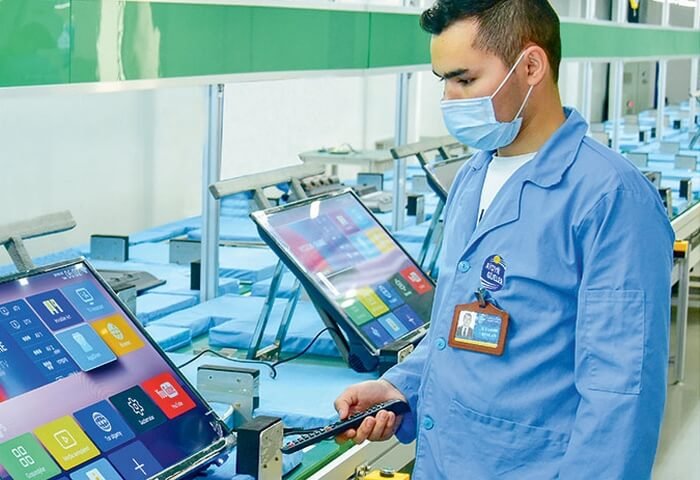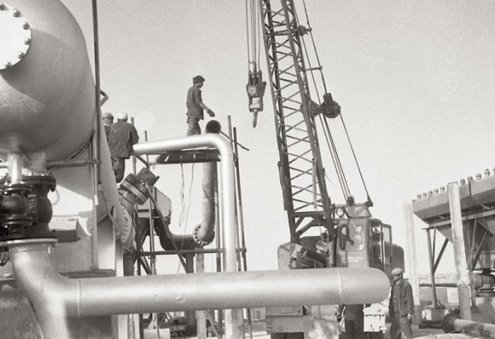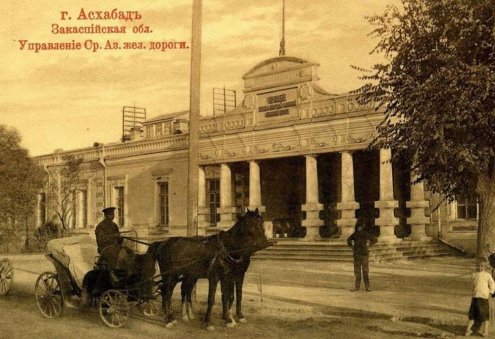The manufacturing capacity of countries is considered the main indicator that distinguishes high and low income countries. That is why states are pursuing economic policies aimed at increasing production potential. Productivity in the manufacturing sector tends to grow at a faster rate than in services and agriculture.
There are two main economic policies implemented by countries in their development strategies. The first is the liberal economic policy put forward by the free trade advocate Adam Smith, and the second is the protectionist economic policy that prioritizes protectionism.
Protectionism often manifests in the policies of countries for the production of import-substituting goods. The import substitution development model is most often used in developing industries. With the successful and effective implementation of this policy, domestic production is expected to grow over time. The import substitution is a strategy of economic growth and industrialization aimed at increasing domestic production by reducing the share of imports in the total turnover. The import substitution production is understood as the substitution of imports with goods produced domestically.
The developed countries carried out their development processes with the help of protectionist economic policies. Due to protectionist policies, upon reaching a certain level, they return to free trade, and freely offer their goods and services to other countries. This is not in the interest of developing countries, and they advocate protectionist economic policies contrary to liberal theory.
The economist Ha Joon Chan, citing an example from his country of South Korea, said the country's current economic growth has been achieved mainly by “protecting” emerging industries. At the same time, in Japan after World War II, the government strictly controlled imports by regulating foreign exchange. The country's government also supported export operations by providing foreign exchange necessary to acquire more advanced technologies (payments for the purchase machinery or technology licenses).
Over the past 30 years, the investments in the economy of Turkmenistan has increased hundreds of times, exceeding $200 billion. One of the main reasons for these large-scale reforms was the acceleration of the development of import-substituting and export-oriented industries and the creation of favorable conditions for the use of innovative information technologies in these areas.
Turkmenistan is implementing a national strategy of state support for small, medium and large enterprises. To this end, President of Turkmenistan Gurbanguly Berdimuhamedov advocates a policy of accelerating the implementation of programs to create small, medium and large enterprises for the production of import-substituting goods, and, as a result, stopping the import of products that can be produced in Turkmenistan.
The Turkmen President also stresses the need to closely monitor the implementation of the adopted program to increase the production of import-substituting products and report on its implementation on a monthly basis.
Nurmyrat Mommayev,
PhD Candidate at Marmara University's Department of Political Science and International Relations in Istanbul, Turkey


















